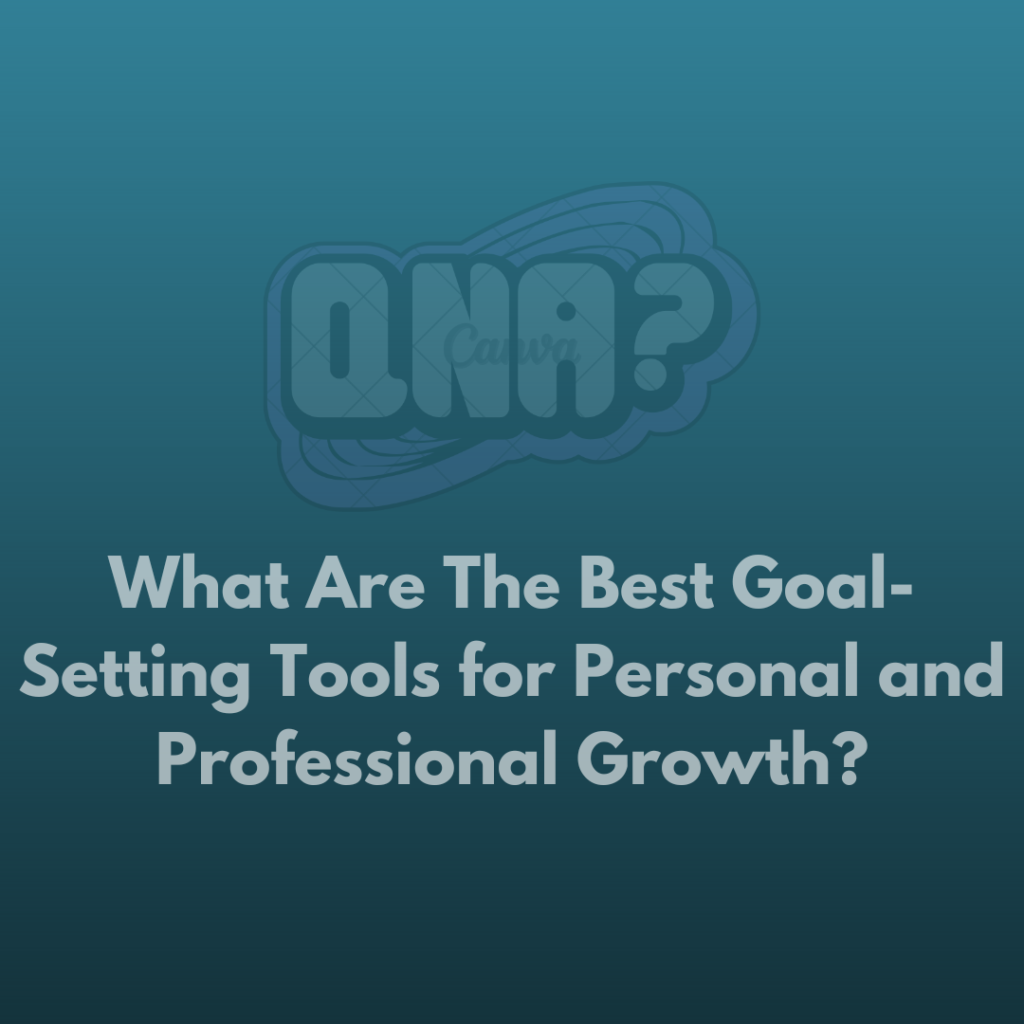The e-learning platform changed the concept of learning and the acquisition of any skill in this modern, digitized world. Websites such as Udemy and Coursera became household names, offering numerous courses to millions of learners worldwide. One of the very first questions that would come to one’s mind while thinking of developing a similar e-learning platform would be, “How much will it cost?”
Below, we will give a detailed estimate of how much it will cost to develop an e-learning website like Udemy or Coursera. We will dissect major features, development methodologies, and other spending that one has to make while budgeting for such a project. Along with that, we will also discuss contemporary trends, possible revenue models, and what long-term investment in an e-learning platform has contributed towards.
Major Components of E-learning Platform
Before getting into the costs, one needs to know what has gone into building a successful e-learning website. At the heart of any strong platform lies a user management system, course creation and management tools, a content delivery system, payment gateway integration, search and discovery features, user engagement tools, analytics and reporting capabilities, mobile responsiveness, and stringent security measures.
Read An Interesting Question That You Would Love About:- Que | How Can E-Learning Platforms Enhance Your Career Prospects?
Each of these components is critical to your e-learning platform’s functionality and user experience. For example, the user management system is not only responsible for registrations and logins but also for user profiles, progress tracking, and personalized learning paths. Course creation tools should be easy and intuitive enough for instructors to upload and organize their content, while at the same time, they support multiple media types: video, audio, text, and interactive elements.
The Video Credits Goes To The Owner: Learning Dojo.
Current Trends in the E-learning Market
The e-learning market has been witnessing explosive growth over the years, accelerated by the global pandemic and rising demand for flexible and remote learning options. According to a report by Global Market Insights, the size of the e-learning market crossed $250 billion in 2020 and is expected to grow at a CAGR of over 21% from 2021 to 2027.
Much of this growth will be driven by factors such as increasing adoption of mobile learning, artificial intelligence integration in education, and rising demand for upskilling and reskilling in a dynamically changing labor market. Keeping all these trends in mind when planning your e-learning platform would help you come up with a more competitive and future-proof solution.
Estimated Development Costs
The price for the development of an e-learning website differs several times from a median value, depending on the volume of functionality, design complexity, mode of development, location of the development team, and duration of the project. Let’s break down the estimated costs for different development approaches:
Simple MVP (Minimum Viable Product)
An MVP stands for Minimum Viable Product and will have reduced versions of the main functionalities. In this way, one can launch as fast as possible and take future improvement feedback from users. The basic content in an MVP may include simple user registration and login, basic course creation tools, video content hosting, simple payment processing, fundamental search functionality, and responsive design for mobile devices.
The estimated cost of developing a simple MVP is between $30,000 and $50,000. In this way, this approach will more than pay off for a startup or an entrepreneur looking to prove his idea but not wanting to make a huge upfront investment. However, it should be noted that while an MVP would validate your idea, long-term, against established platforms, it lacks features and refinement.
Mid-range Custom Solution
A mid-range custom solution allows an advanced set of features and more scalability. This approach is suitable for businesses looking to launch more comprehensive e-learning from the very start. Other features could be advanced user profiles and social learning features, course creation tools that are quite advanced and that support multiple content types, CDN built-in for improved video streaming performance, the ability to process payments through many gateways under subscription models, advanced search and recommendation algorithms, gamification, basic analytics and reporting, improved security measures.
We estimate that mid-level solutions will cost between $50,000 and $150,000. In this range, the offer makes more room for differentiation with very unique features. With such investment, you can build a much more engaging and feature-rich platform to compete against existing players in the market while offering users a superior learning experience.
Enterprise-level Platform
An enterprise-level e-learning platform would be an all-inclusive solution designed to run large-scale operations, complex integrations, and heavy user volumes. This shall serve any institution looking to compete head-on with established players like Udemy or Coursera.
These more advanced features, associated with an enterprise-level platform, may include AI-powered personalization and course recommendations; advanced analytics and business intelligence tools; integration with enterprise learning management systems; multi-language support, and localization.
Advanced content protection and digital rights management; scalable cloud infrastructure to handle millions of users; custom mobile apps for iOS and Android; advanced administrator tools for content moderation and user management; and API development for third-party integrations.
The price for an enterprise-level solution runs from $150,000 to $500,000 or more. At the higher end of the scale, it involves extensive customization, advanced features, and even the potential for scaling to millions of users. While this investment is heavy, it puts any platform in a very good position to compete at the highest level and potentially capture large market shares from this booming e-learning market.
Factors Affecting Development Costs:
Several things may hugely influence the overall cost related to the development of an e-learning website. One is design complexity: basic design runs from $5,000 to $15,000, while custom and unique designs range from $15,000 to $50,000 or more. The more elaborate and user-friendly your interface is, the more expensive it will be but also with increased potential for engagement and retention.
Of equal importance is the matter of content delivery. Tying into a CDN for seamless video playback and faster delivery is going to be required. Setup will run anywhere from $1,000 to $5,000; ongoing costs are anywhere between $500 to $5,000 a month or higher, depending on how much traffic your platform is going to deliver. As your platform grows and caters to more users, these costs surely will escalate, but the user experience will get even better.
In-platform monetization, the very important component is an integration of payment gateways. Setup fee per gateway: $1,000 to $3,000; transaction fee per txn: 2% to 5%, depending on the provider. More variety in methods of payment affords greater worldwide reach and convenience to your users but sometimes at the cost of many fees associated with these.
This would inextricably be linked to your projected user base and data storage requirements. While shared hosting might be very alluring since it is low in cost, from $10 to $100 per month, it generally will not be suitable for any large platform. In this regard, cloud hosting solutions such as AWS or Google Cloud are more desirable. The costs will lie between $500 and $5,000 or more per month. These types of solutions offer scalability and reliability that would be expected by a growing e-learning platform.
Security stands to be the most paramount aspect of any e-learning platform since you shall deal with sensitive details of the users and probably their banking information. Therefore, the incorporation of safe measures—such as SSL certificates, encryption, and frequent security audits—shall be necessary. Whereupon, SSL certificates could cost between $50 to $300 annually, and the security audits and penetration testing may cost between $5,000 and $20,000 or more annually. Such costs are important for user confidence and the protection of the platform from any potential breach.
Ongoing Costs and Considerations
Developing an e-learning website is just the beginning of your journey, not the end. If you are going to be successful in the long run, you need to make provisions for ongoing expenses. Maintenance and updates usually cost about 15%-20% of the initial development cost per year. This shall help keep the platform competitive and secure within the fast-changing digital environment.
Another important consideration is that of content creation. For as much as many e-learning platforms rely on user-generated content, you may need to make an initial investment to get high-quality courses that will attract users. Content creation costs can vary widely based on course length and the level of production quality. Some platforms partner with universities or industry experts to create a few flagship courses, which can be a large investment but also one that will attract potential users.
User Acquisition and Marketing will be the biggest drivers of growth for your platform. You may need to allocate 20% to 30% of your overall budget to marketing efforts in the first year. This could include digital advertising, content marketing, and influencer partnerships—among other such strategies—to attract learners and course creators alike to your platform.
Customer support becomes more important the larger your user base is. Keeping this in mind, depending on the size of your support team, it could easily cost between $2,000 to $10,000 or more per month. Quality support has huge implications for user satisfaction and retention, so it directly impacts the success of your platform.
Finally, but not least, do not forget about licensing and legal costs. Compliance with all regulations and care for intellectual property is becoming ever more important. This can cost anywhere from $5,000 to $20,000 per annum or more, depending on the complexity of your operations and number of markets within which you are operating.
E-learning platform revenue models
Knowing potential revenue models is important in considering the investment an e-learning platform requires. Most of the successful platforms use a mix of revenue streams to maximize profitability. Some of the common models are mentioned below:
Commission-based model: This is the most common model used by marketplaces like Udemy, wherein the platform takes a percentage out of every course sale. It typically lies between 30% and 50% of the price of the course.
Subscription model: The major platforms—like Coursera—usually allow access to their course library based on subscription. This would yield more stable revenue and foster continuous usage by the users.
Enterprise solutions: Offering custom learning solutions for businesses can be a very good source of revenue. This could include creating private instances of your platform, or even better, custom course development for corporate training.
Certification programs: Partner with industry leaders or even educational institutions to provide certification—a highhigh-valueer that may well let you charge a premium price for taking these courses.
Advertising and sponsorships: Less common in paid e-learning platforms, advertising can be an extra revenue stream. This particular path can be followed if you offer some free content.
The revenue model(s) chosen will impact the design and features within the platform, so it’s worth considering the options early in your development process.
Long-Term Impact and ROI
Although the initial cost of developing an e-learning platform may be enormously high, there is also the consideration of long-term return on investment that needs to be accounted for. The e-learning market had its steep growth and will ever keep rising due to the ever-increasing need for lifelong learning, globalization of education, and flexibility in any place through online learning.
In case of success, an e-learning platform would be able to raise enormous revenues over time. For example, Coursera made $293.5 million in revenues in 2020, an increase of 59 percent from last year. Getting to this point is an investment- and time-intensive process, but it holds so much promise for the e-learning market.
The impact of an e-learning platform, however, does not bear down on financial returns. On the contrary, such platforms are extremely helpful in democratizing education through access to high-quality learning resources for people worldwide. They further promote lifelong learning, and career development, and contribute effectively towards the global knowledge economy. Through an e-learning platform then, investment can therefore bring a lot of social impacts with potential financial rewards.
Tips to Cut Costs Without Compromising on Quality
Whereas developing a high-quality e-learning platform is an expensive deal, there are still some ways through which one can optimize costs without compromising on quality. You can start with an MVP, launch with core features, and then add more advanced functionality based on user feedback. This way, you would avoid investing too much in features that don’t matter to your target audience.
Development time and cost could be considerably reduced by using open-source solutions. There are several strong, open-source learning management systems and frameworks already existing that might be leveraged to underpin your platform. In this case, you would not have to create the technology from scratch but instead, adapt and build upon existing technology.
This can be done by considering outsourcing to experienced development teams that are in low-cost labor markets, which can bring considerable savings. However, it is important to vet prospective partners to ensure that they have the required expertise and can produce high-quality work.
By applying agile development methodologies, efficient product development becomes possible while reducing the potential risk of highly expensive changes toward the end of the development process. Agile helps in gaining more flexibility and responsiveness to change requirements or user feedback in the development process.
Prioritize features based on their value to the users and the business. This will help in budgeting. Focus on the development of features that would have the most impact on user satisfaction and the growth of the platform.
Cloud services may give scalable solutions that grow with your user base, reducing upfront infrastructure costs. Other advantages of cloud platforms include tools and services for development and operations, many of which are free, lowering costs.
Conclusion:
Anyone looking to create an e-learning site like Udemy or Coursera knows that it is a high magnitude project requiring deep thought and involving a substantial investment. The costs, though starting from $30,000 for a basic MVP and going up to $500,000 and above for enterprise-level platforms, are compensated effectively for their potential returns by the growing market in e-learning.
Embarking on this journey requires the following steps to be clearly defined in the project scope: the target audience and unique value proposition, feature prioritization concerning business goals and user needs, and planning of initial development costs and further expenses. Start with an MVP, then scale up based on user feedback and market demand.
Ultimately, it will boil down to the quality of your courses and the user experience you give them, coupled with building a community of learners and instructors. While the outlay may seem huge at first glance, a well-implemented e-learning platform can generate so much revenue and truly affect education globally for many generations to come.
As you move on with your e-learning platform project, keep updating yourself on trends in educational technology, try to answer the needs of your users, and innovate continuously. Careful planning, strategic investment, and the provision of value to your users are the keys to developing a competitive e-learning platform that will not only compete with already established players but will help shape the future of education.



